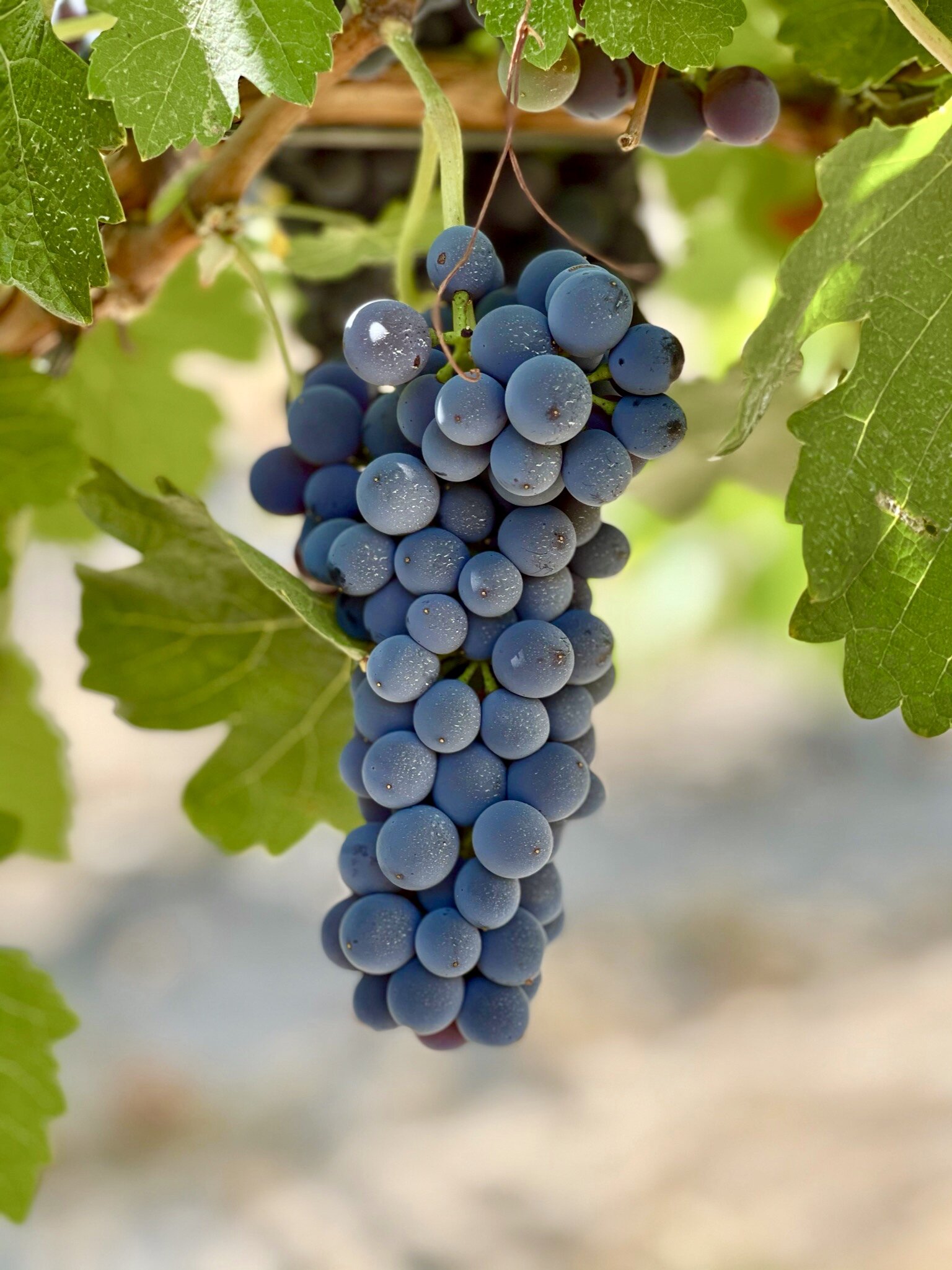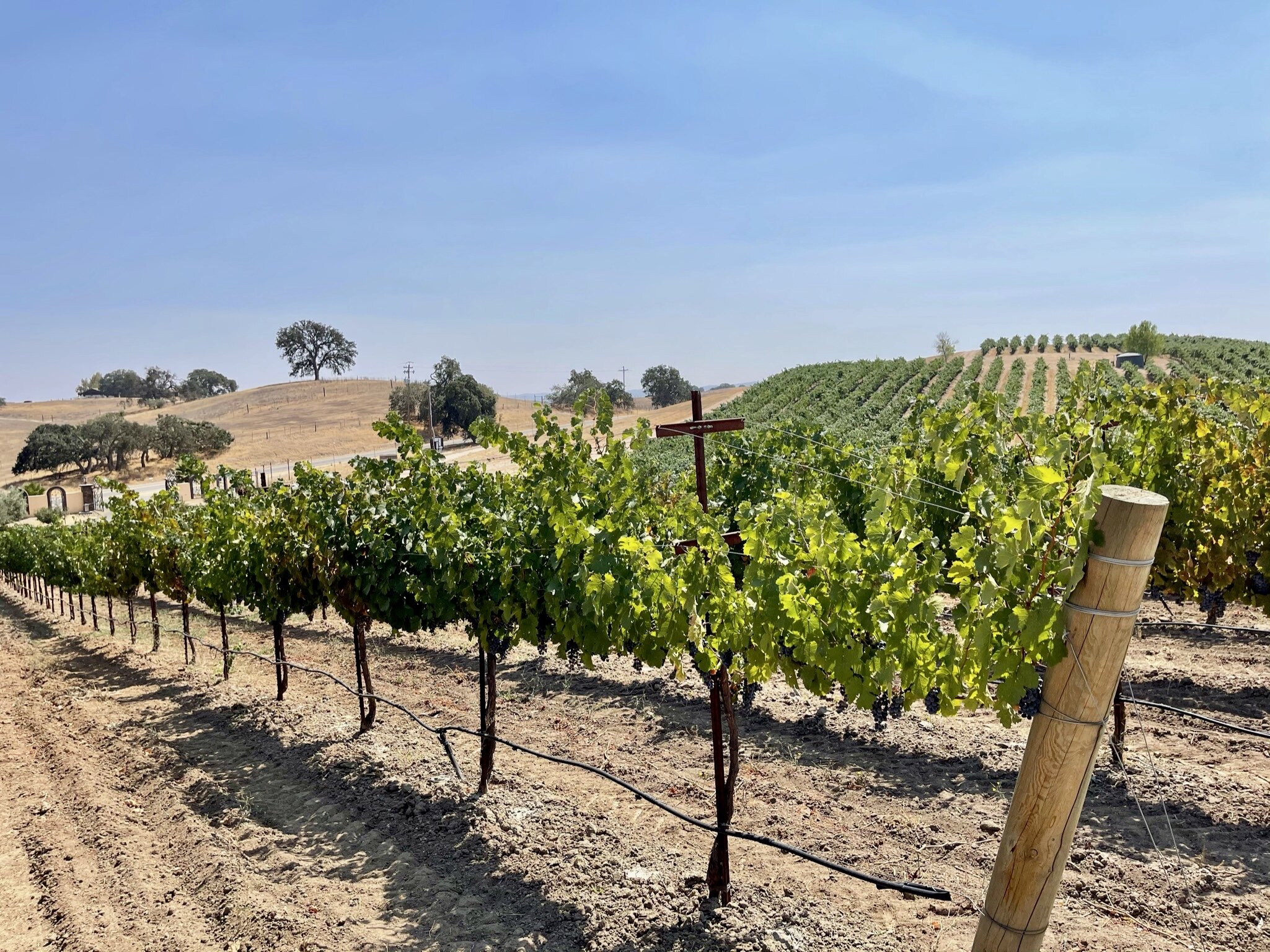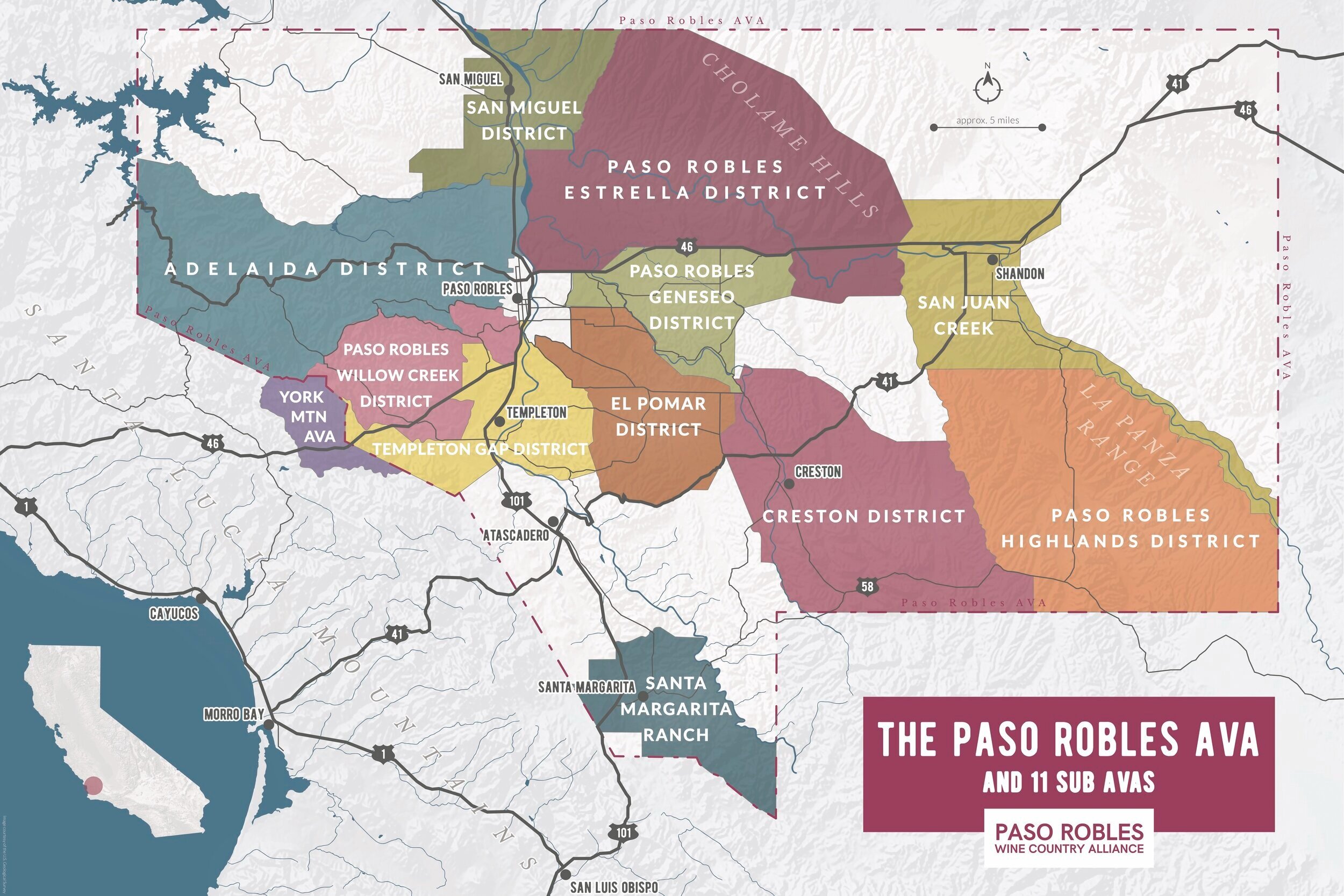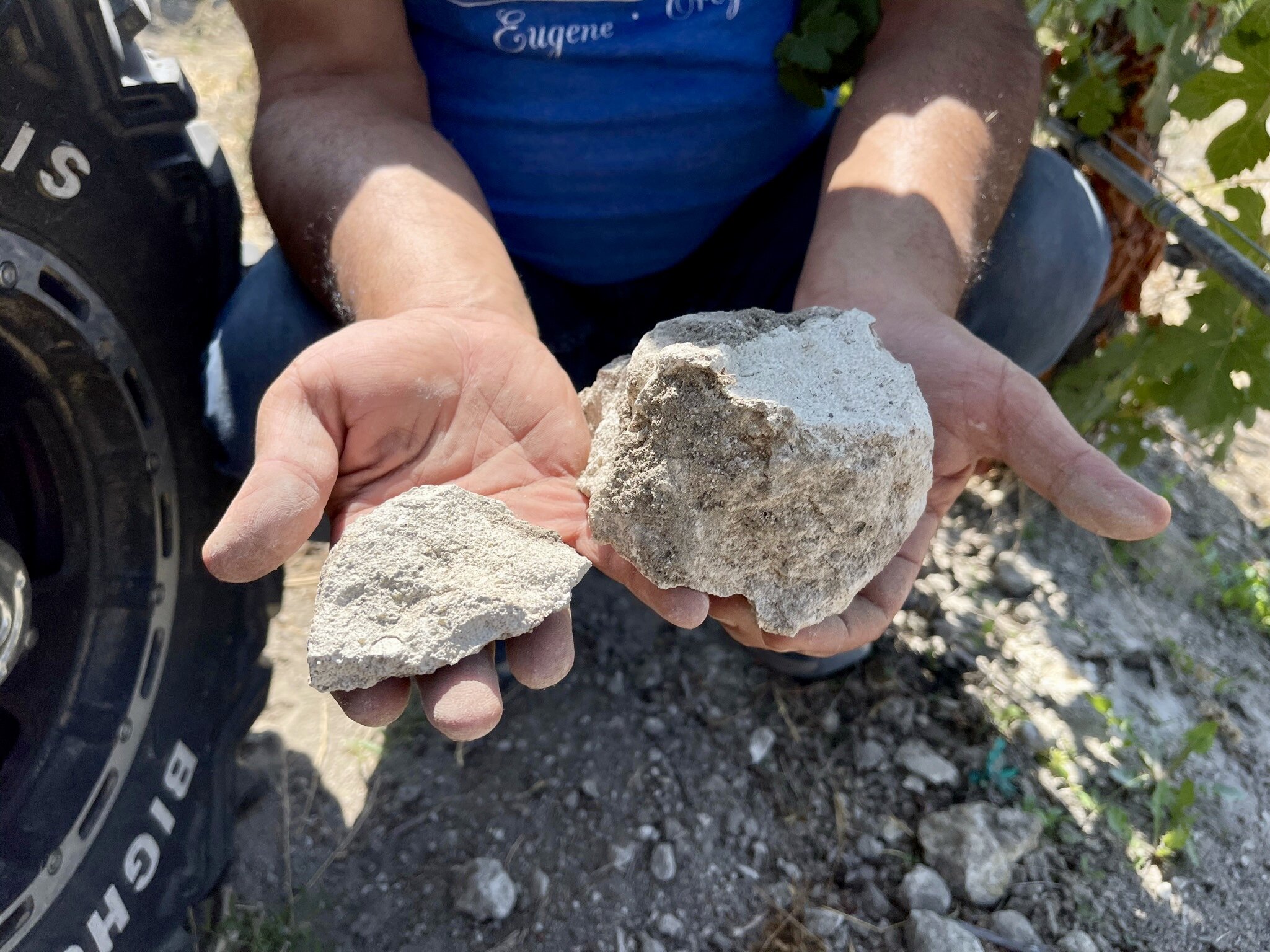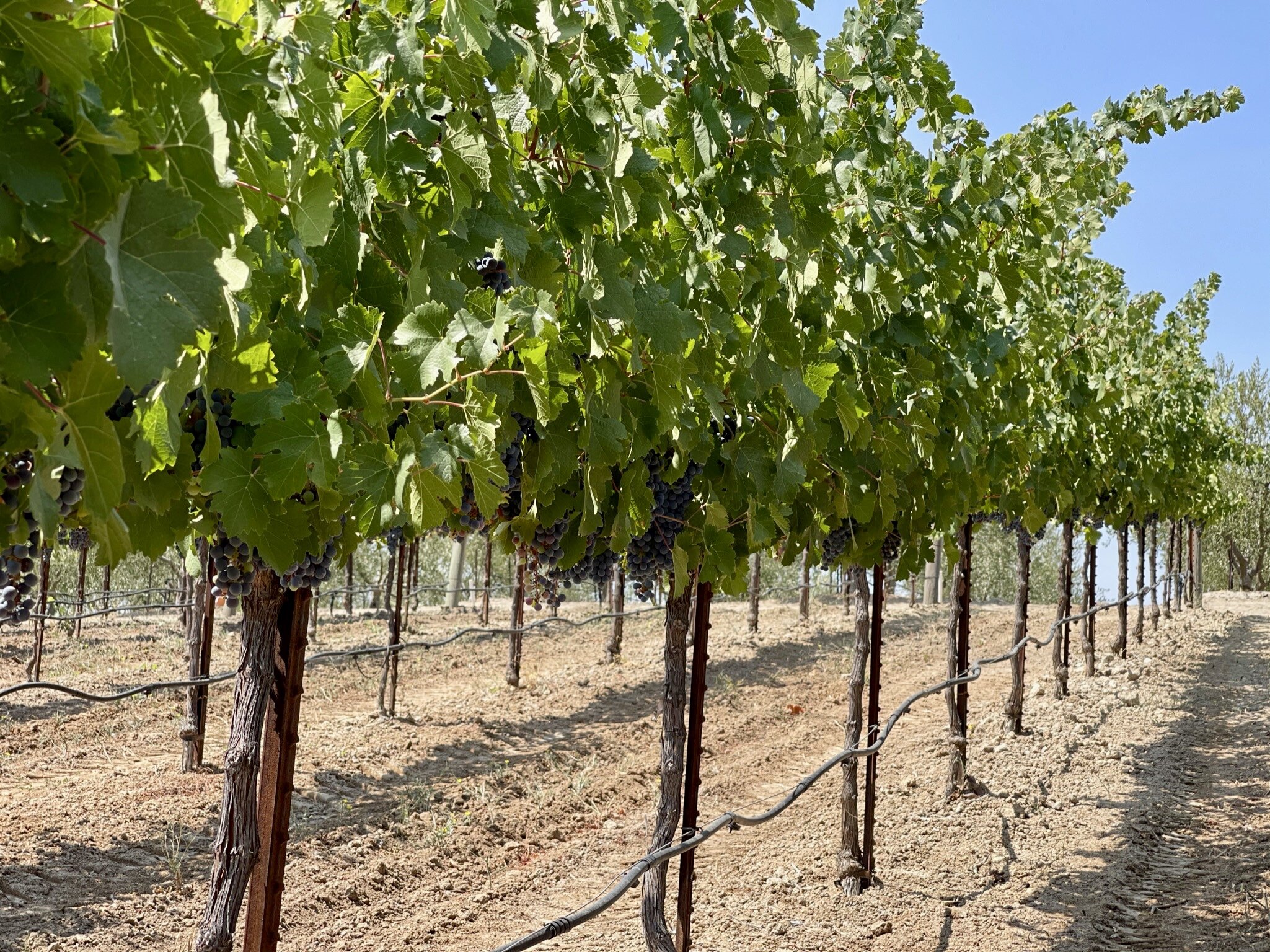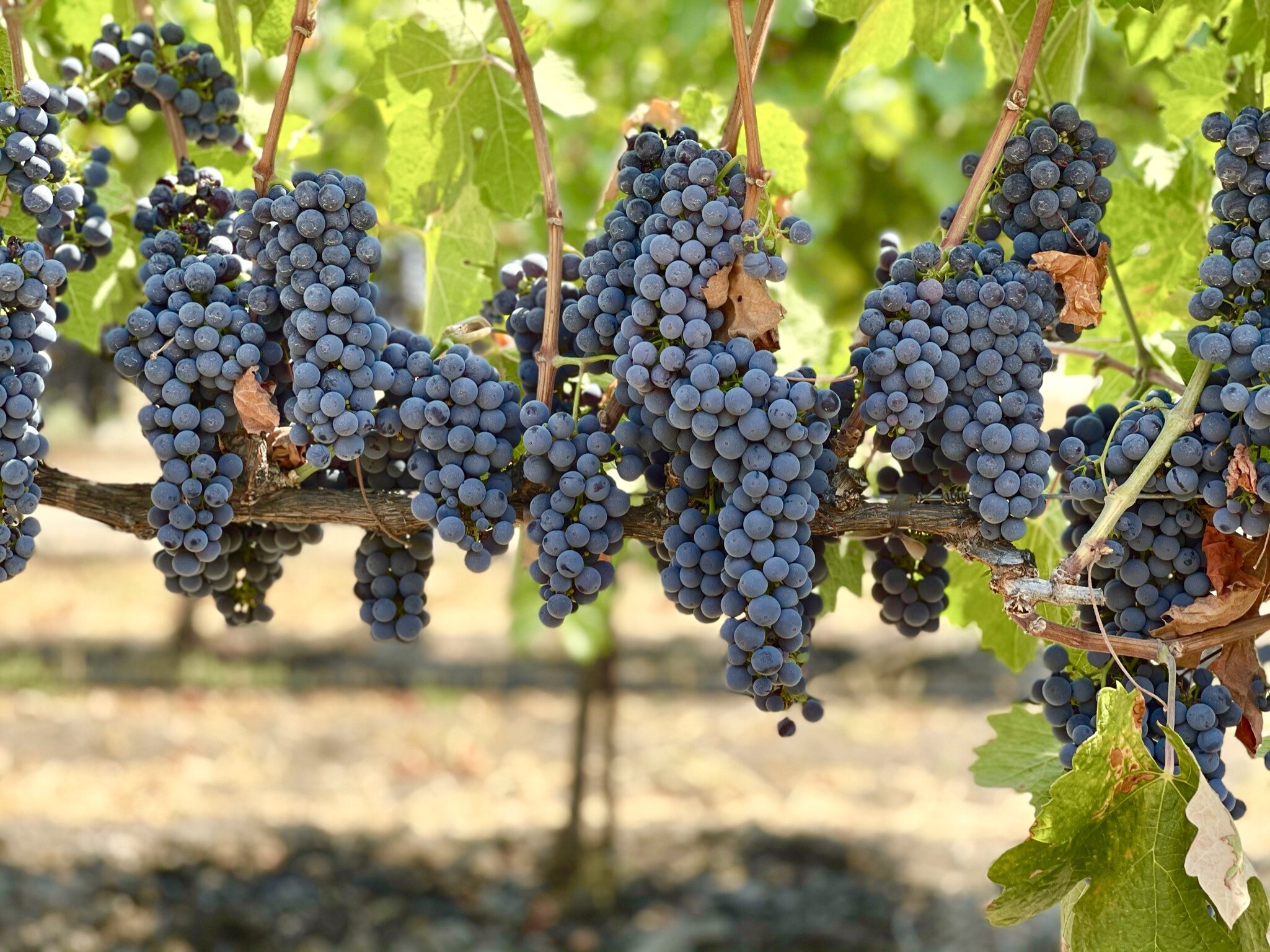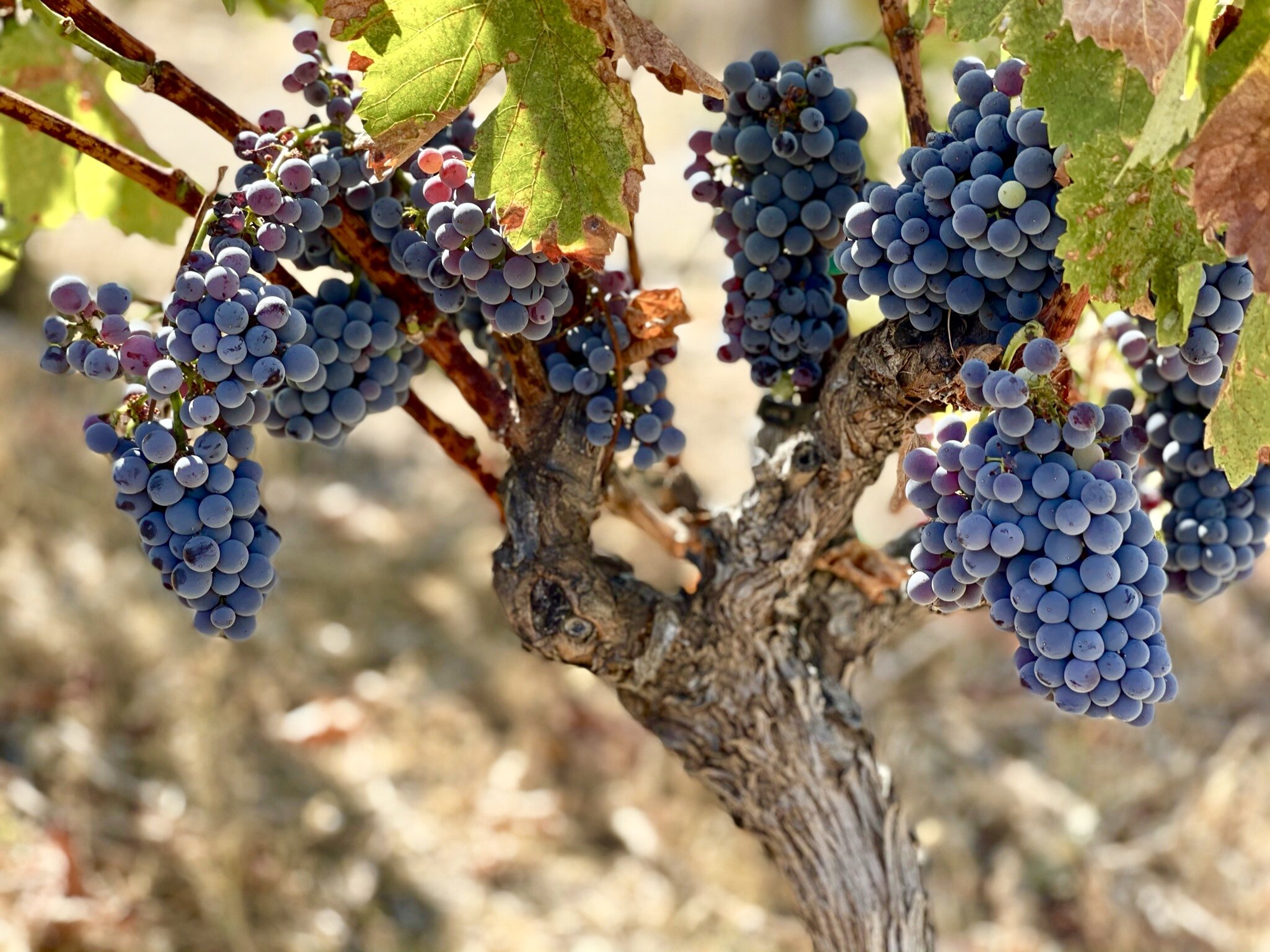 Image 1 of 7
Image 1 of 7

 Image 2 of 7
Image 2 of 7

 Image 3 of 7
Image 3 of 7

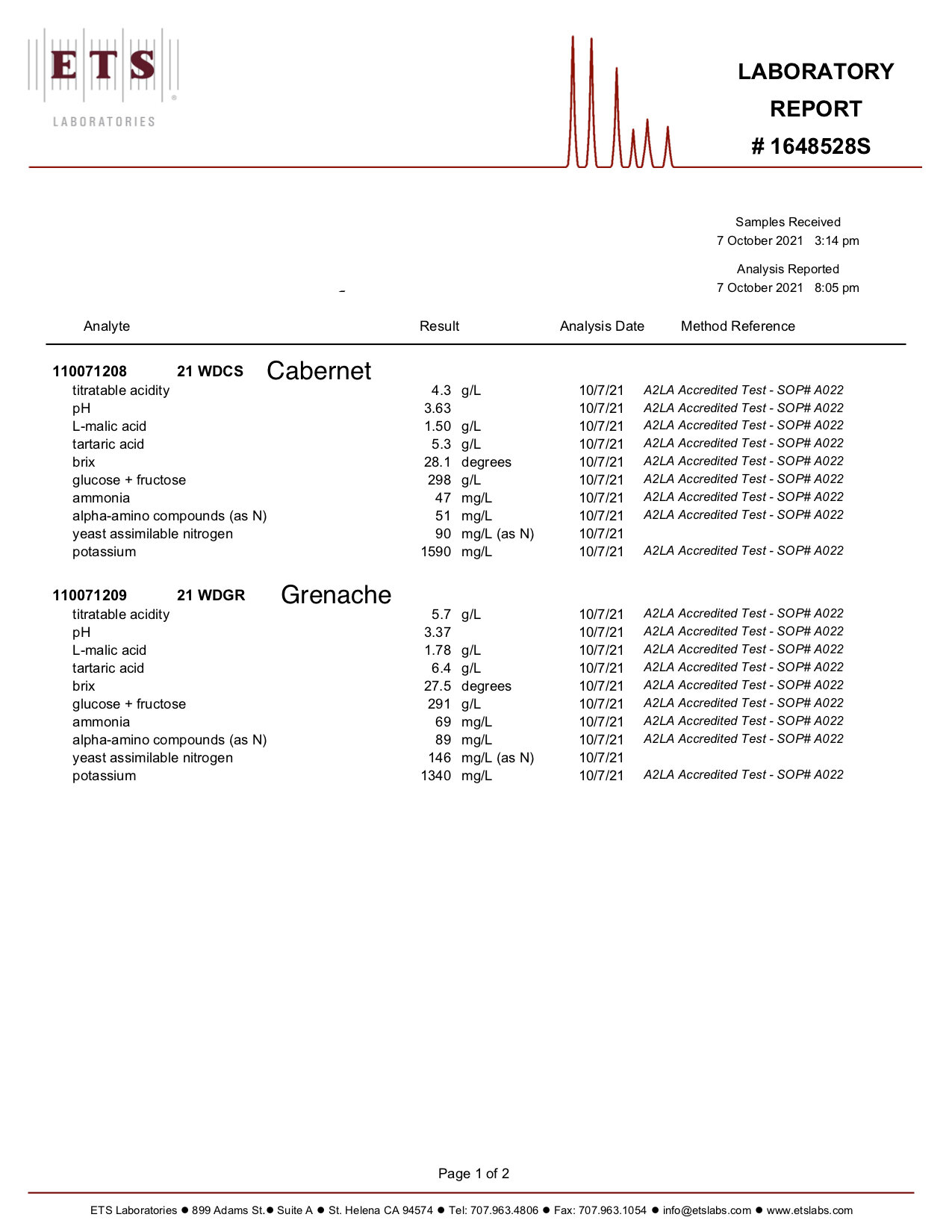 Image 4 of 7
Image 4 of 7

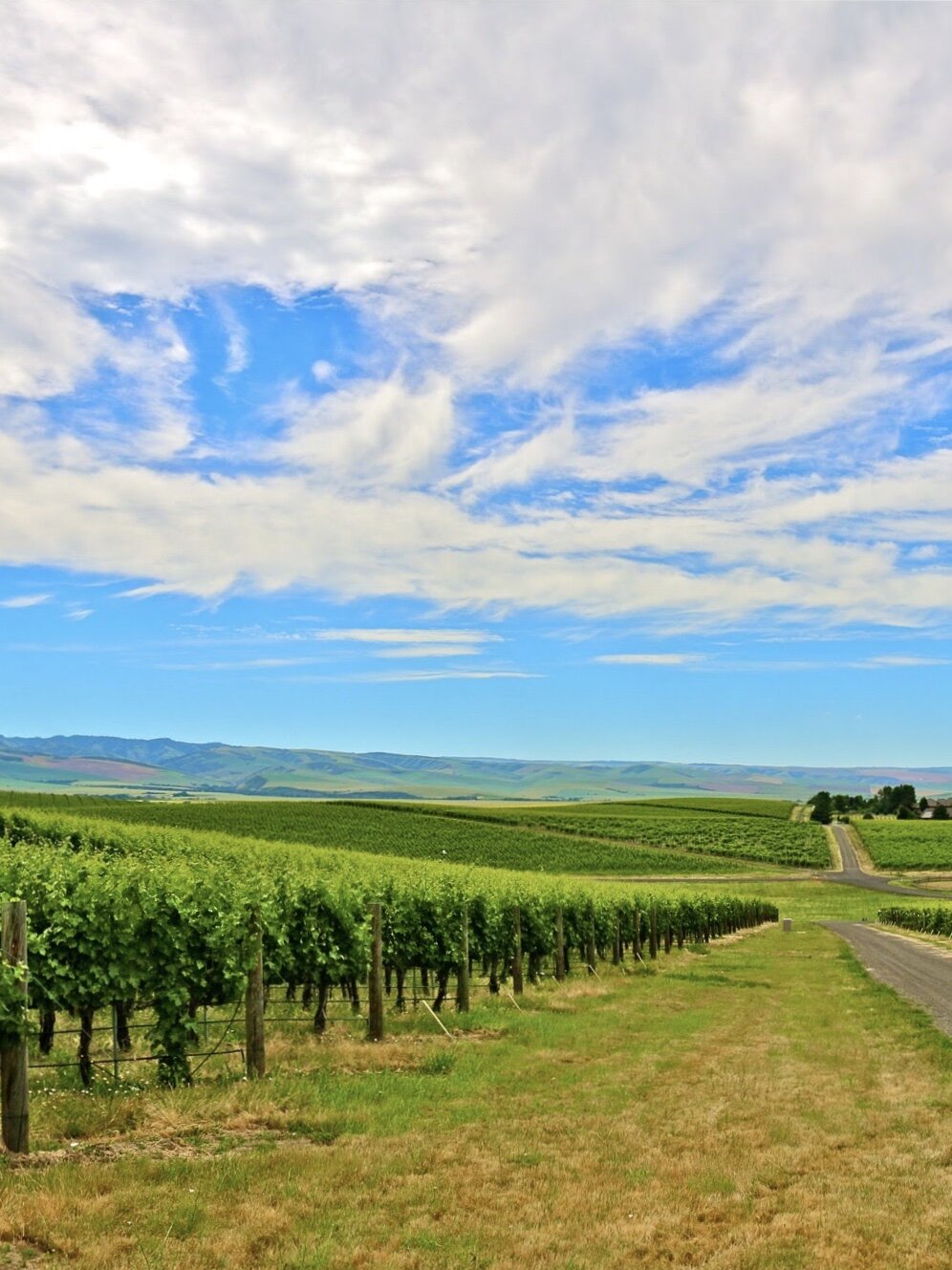 Image 5 of 7
Image 5 of 7

 Image 6 of 7
Image 6 of 7

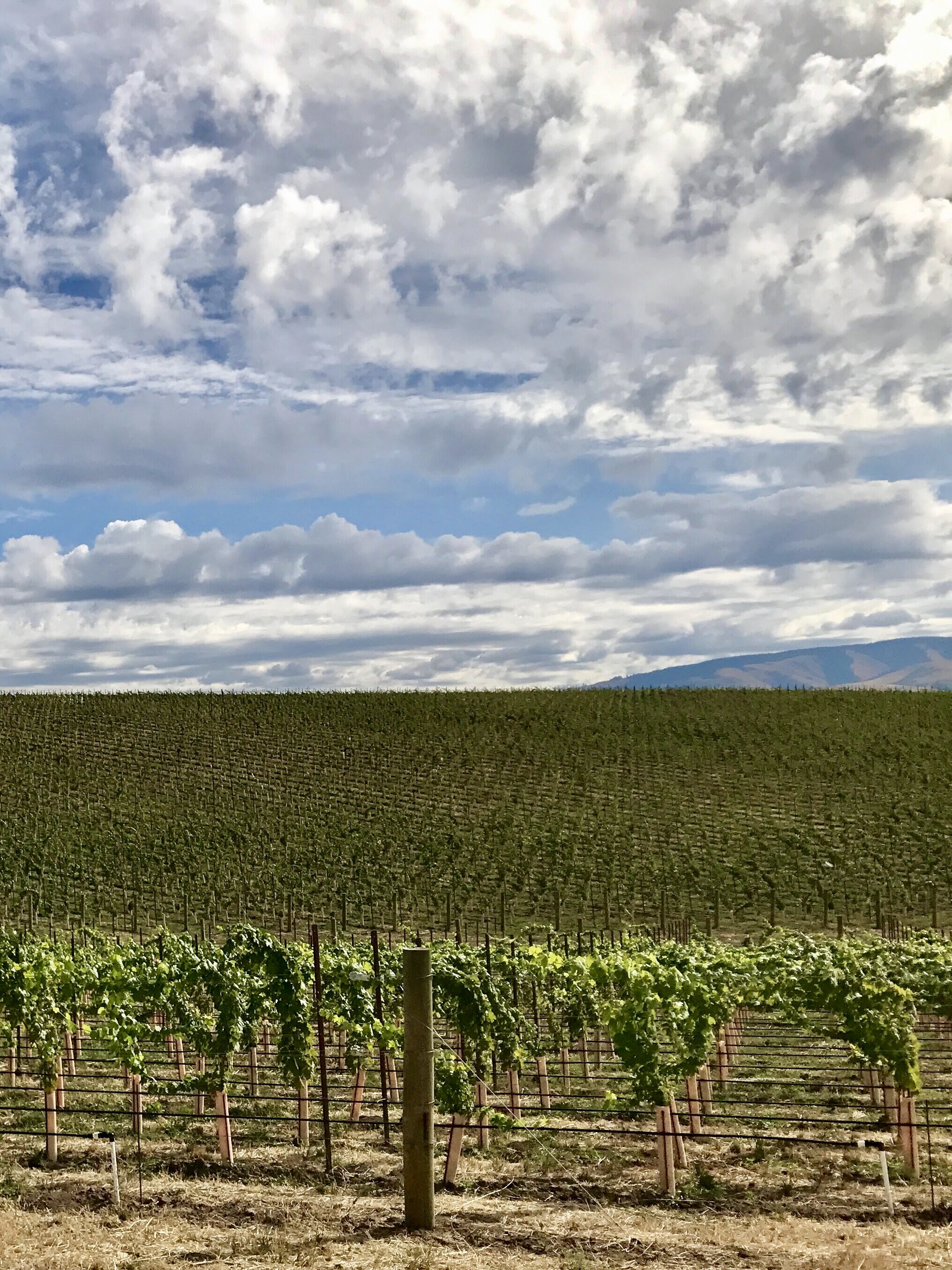 Image 7 of 7
Image 7 of 7








2021 Cabernet Sauvignon Walla Walla Frozen Grape Must
Each pail includes 5 gallons or 4.25 gallons of grape must (selection further below).
Notice: For the lowest shipping rates available, we recommend purchasing 4.25 gallon pails separately from 5 gallon pails.
Product will arrive partially frozen.
Walla Walla Valley, Washington
Old Vine Block BT4
Brix: 28.1 , pH: 3.63 , TA: 4.3 g/L (full lab analysis below)
Harvested October 6th , 2021
The Walla Walla Valley straddles southeastern Washington and northeastern Oregon. Walla Walla translates to “many waters” in reference to the land’s proximity to the Columbia, Snake, and Walla Walla Rivers. Rain is a seldom occurrence here and the area only receives about 15 inches of annual rainfall. Like the rest of the Columbia Valley, the landscapes and soils of Walla Walla were largely shaped by the cataclysmic Missoula Floods which swept through at the end of the last Ice Age. The Walla Walla Silt Soil left behind is a well-drained, sandy loess over Missoula Flood slackwater deposits and fractured basalt.
Our grapes come from a vineyard on the foot of the Blue Mountains grown at 1300 feet elevation. The vines are 40 years old, and consist of clones 2, 4, 6, 8, 21, & 24 planted to 8×4 spacing in 100% Walla Walla Silt Loam.
Each pail includes 5 gallons or 4.25 gallons of grape must (selection further below).
Notice: For the lowest shipping rates available, we recommend purchasing 4.25 gallon pails separately from 5 gallon pails.
Product will arrive partially frozen.
Walla Walla Valley, Washington
Old Vine Block BT4
Brix: 28.1 , pH: 3.63 , TA: 4.3 g/L (full lab analysis below)
Harvested October 6th , 2021
The Walla Walla Valley straddles southeastern Washington and northeastern Oregon. Walla Walla translates to “many waters” in reference to the land’s proximity to the Columbia, Snake, and Walla Walla Rivers. Rain is a seldom occurrence here and the area only receives about 15 inches of annual rainfall. Like the rest of the Columbia Valley, the landscapes and soils of Walla Walla were largely shaped by the cataclysmic Missoula Floods which swept through at the end of the last Ice Age. The Walla Walla Silt Soil left behind is a well-drained, sandy loess over Missoula Flood slackwater deposits and fractured basalt.
Our grapes come from a vineyard on the foot of the Blue Mountains grown at 1300 feet elevation. The vines are 40 years old, and consist of clones 2, 4, 6, 8, 21, & 24 planted to 8×4 spacing in 100% Walla Walla Silt Loam.


